Excerpted from Learning to Bake Allergen-Free: A Crash Course for Busy Parents on Baking without Wheat, Gluten, Dairy, Eggs, Soy or Nuts,* copyright © 2012 by Colette Martin (reprinted by permission of the publisher, The Experiment). Common wheat belongs to a genus of grasses known as Triticum. The genus itself is also sometimes referred to as wheat. Those who are allergic to wheat need to avoid all of the Triticum grains, including triticale, durum wheat, kamut, spelt, and einkorn. While these grains are sometimes suggested as alternatives to wheat in recipes, if you are allergic to wheat you must avoid them all. Any grain in the wheat or Triticum family must be labeled “wheat” on processed food packages.
Gluten is a protein found in certain grains, which gives the grain special properties. First, gluten brings elasticity to the flours made from these grains, which gives them the fluffiness and stretchiness we typically associate with bread. Gluten also traps the gases released by yeast, both before and during the baking process. When you bake with gluten-free grains, you will use some different techniques than traditional bakers use.
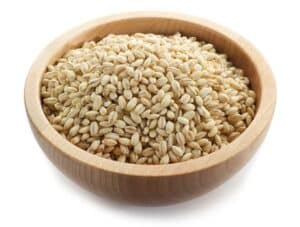 Wheat contains gluten. Rye and barley also contain gluten. If you are allergic to wheat, you may be able to eat rye and barley, but there is a strong association of cross-reactivity with wheat, rye, and barley allergies. If you are gluten-intolerant or have celiac disease, you must avoid all of the gluten grains (wheat and its brothers, rye and barley). If you are allergic to wheat, you should work with your allergist to determine whether you also need to avoid rye and barley. While some people believe that oats also contain gluten, this is incorrect; oats are naturally gluten-free, but are often subject to contamination.
Wheat contains gluten. Rye and barley also contain gluten. If you are allergic to wheat, you may be able to eat rye and barley, but there is a strong association of cross-reactivity with wheat, rye, and barley allergies. If you are gluten-intolerant or have celiac disease, you must avoid all of the gluten grains (wheat and its brothers, rye and barley). If you are allergic to wheat, you should work with your allergist to determine whether you also need to avoid rye and barley. While some people believe that oats also contain gluten, this is incorrect; oats are naturally gluten-free, but are often subject to contamination.
If a grain is gluten-free, we know it’s not wheat. But here’s the catch— while most products on the grocery store shelves that are labeled “gluten-free” are indeed wheat-free, the proposed gluten-free labeling laws in the United States and established laws implemented in other parts of the world do allow for a small amount of gluten to remain in products labeled “gluten-free.” That opens the door for manufacturers to process wheat and create wheat-based products with most of the gluten removed. One example is a product available in the United Kingdom known as Codex wheat starch, a wheat starch that has been processed to remove the gluten to a level that is within the United Kingdom’s Codex gluten-free standard. Even though this product is considered gluten-free, it is not safe for someone with a wheat allergy.
If a product is wheat-free, that does not necessarily mean that it is gluten-free, as it may still contain other gluten grains. Remember that while all food products containing wheat must be clearly labeled, there is not yet an FDA labeling standard for gluten; you must still read the detailed ingredients list when a product is labeled “gluten-free.” Also, as noted earlier, keep in mind that the proposed gluten-free labeling standard will be voluntary and will still allow a small threshold of gluten (and therefore possibly wheat) to be included in the product. Both the wheat-allergic and those who need to eat gluten-free should avoid all products that have wheat listed as an ingredient.
- For more tips on plant-based nutrition, make sure to browse VegKitchen’s Nutrition page.
- For lots more features on healthy lifestyle, please explore VegKitchen’s Healthy Vegan Kitchen page.
*This post contains affiliate links. If the product is purchased by linking through this review, VegKitchen receives a modest commission, which helps maintain our site and helps it to continue growing!


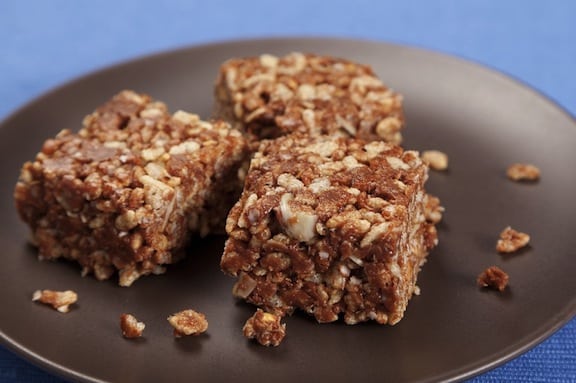
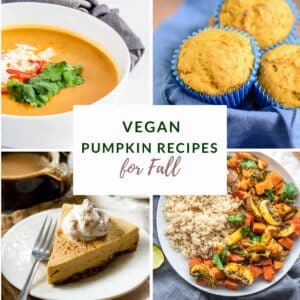

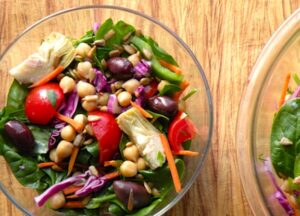
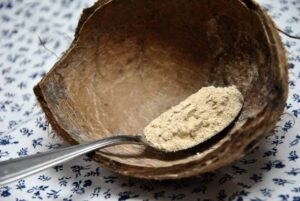
Comments
No Comments